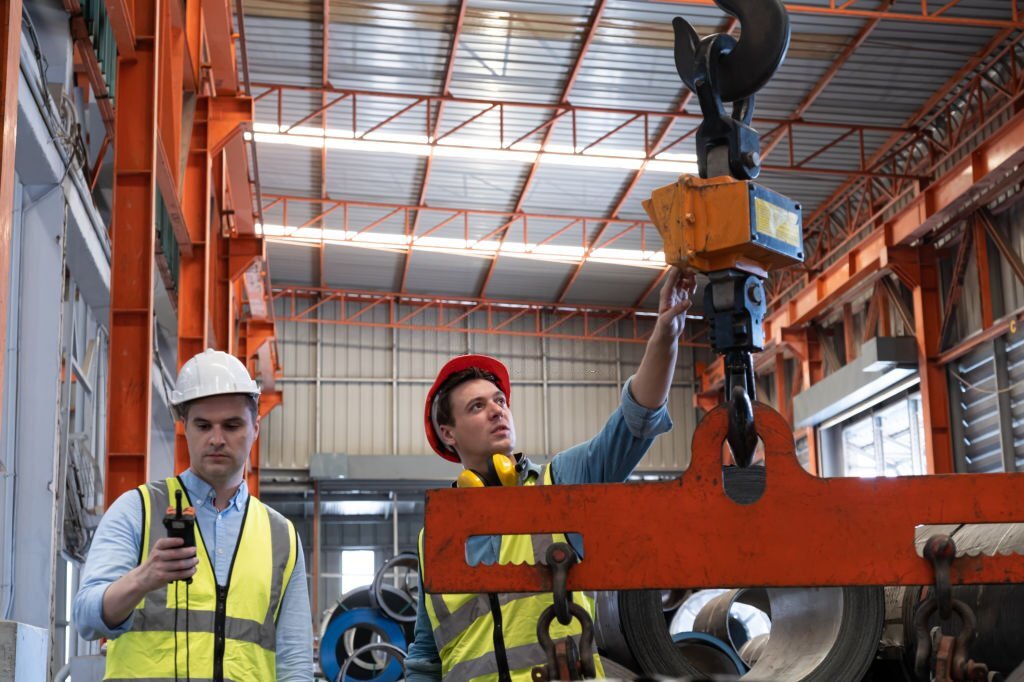
Automation has revolutionized various industries, and material-handling equipment is no exception. The integration of automation in material handling equipment has transformed the way goods and materials are moved, stored, and transported. Automation plays a pivotal role in enhancing productivity, efficiency, accuracy, and safety in material handling operations. In this article, we will explore the role of automation in material handling equipment and its impact on operational performance, highlighting the benefits it brings to businesses.
Enhanced Productivity:
Automation significantly improves productivity in material handling operations. Automated systems can handle tasks faster and more efficiently than manual labor, reducing cycle times and increasing throughput. Material handling equipment such as conveyor systems, automated guided vehicles (AGVs), and robotic systems can seamlessly move materials without delays or human limitations. By eliminating manual interventions and streamlining processes, automation enhances productivity, allowing businesses to meet increasing demands and optimize operational efficiency.
Improved Efficiency:
Automation optimizes the efficiency of material handling operations. Automated systems are designed to operate at consistent speeds and precise movements, reducing errors and minimizing bottlenecks. These systems can efficiently sort, stack, and transport materials, ensuring smooth and continuous workflow. With automation, businesses can achieve better resource utilization, minimize idle time, and eliminate unnecessary manual tasks. By optimizing efficiency, businesses can maximize output, reduce operational costs, and enhance overall competitiveness.
Accurate Execution of Tasks:
Automation ensures the accurate execution of material handling tasks. Automated systems follow pre-programmed instructions and use advanced technologies such as sensors and control systems to perform tasks with precision. This reduces the risk of human errors, such as misplacement or mishandling of materials. Automated equipment can consistently and accurately perform tasks such as picking, packing, and palletizing, resulting in improved order accuracy and reduced rework or returns. Accurate execution of tasks enhances customer satisfaction and strengthens business reputation.
Enhanced Safety:
Automation improves safety in material handling operations. Automated systems can handle heavy loads and perform repetitive tasks, reducing the physical strain on human operators. This minimizes the risk of injuries associated with manual handling and repetitive motion. Furthermore, automated equipment is equipped with safety features such as sensors, emergency stop buttons, and collision detection systems, ensuring safe operations. By enhancing safety, businesses can create a safer working environment, minimize workplace incidents, and reduce the associated costs and liabilities.
Real-time Monitoring and Control:
Automation provides real-time monitoring and control capabilities, enabling businesses to have better visibility and control over material handling operations. Automated systems are equipped with sensors and software that capture and analyze data, providing insights into performance metrics, inventory levels, and equipment status. This enables businesses to proactively identify bottlenecks, optimize workflows, and make data-driven decisions for process improvement. Real-time monitoring and control help businesses optimize resource allocation, minimize downtime, and improve overall operational performance.
Scalability and Adaptability:
Automation offers scalability and adaptability in material handling operations. Automated systems can be easily scaled up or down to accommodate changing demands and business growth. As businesses expand or experience fluctuations in demand, automated systems can be adjusted to match the requirements without significant disruption. Furthermore, automation allows for seamless integration with other technologies, such as warehouse management systems (WMS) or enterprise resource planning (ERP) systems, creating a connected and efficient material handling ecosystem.
Conclusion:
Automation plays a crucial role in transforming material handling operations. By enhancing productivity, efficiency, accuracy, and safety, automation revolutionizes the way goods and materials are handled, stored, and transported. Businesses that leverage automation in material handling equipment can optimize operational performance, reduce costs, and gain a competitive edge in today’s dynamic market. Embracing automation enables businesses to meet increasing demands, improve customer satisfaction, and enhance overall efficiency, paving the way for future growth and success.

